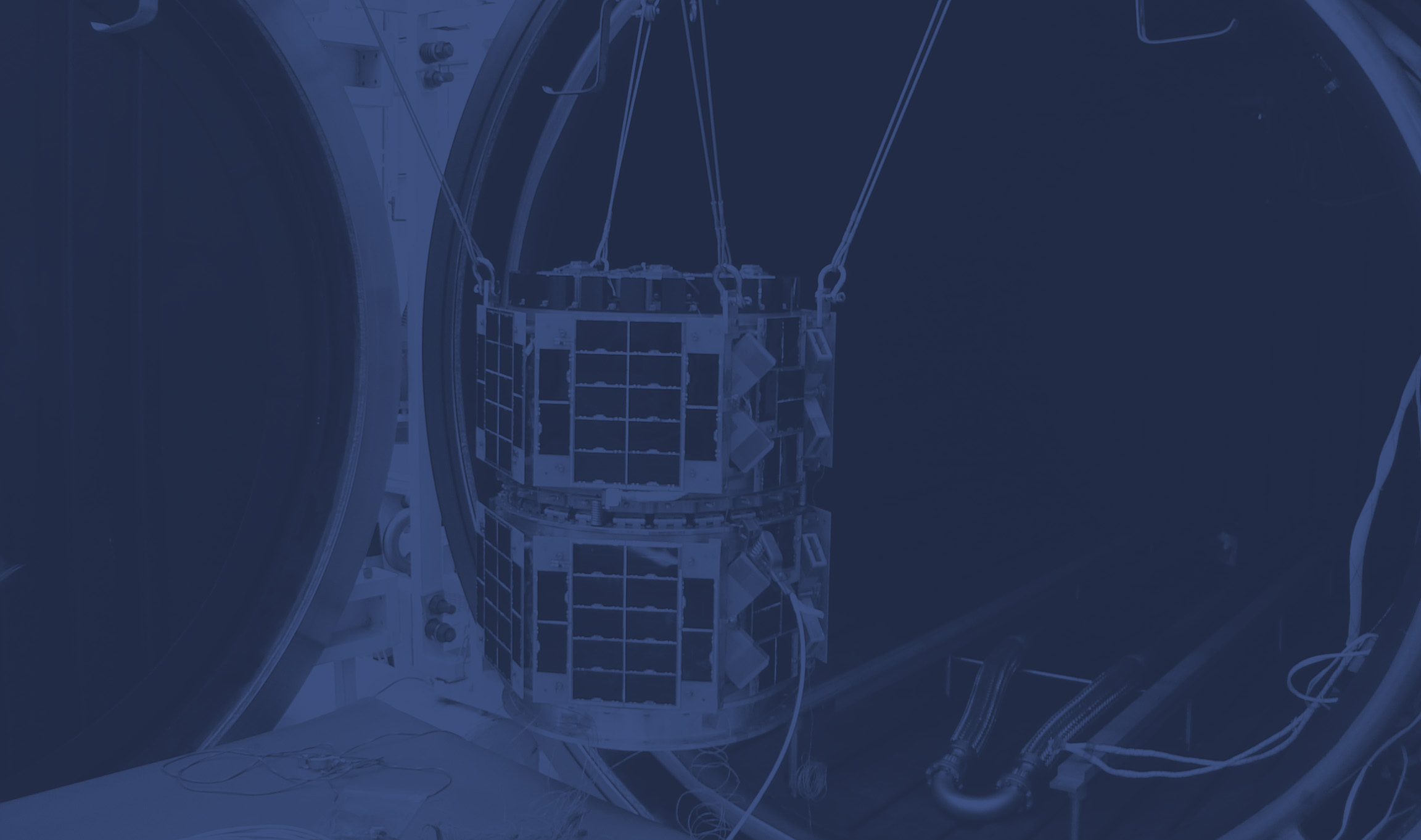
Our Process

Guided by years of spacecraft development history, the UNP structure is divided into four distinct phases. Successful completion of each phase is accomplished through specific entrance and exit criteria. Phases include various reviews and program down-selects intended to help as many teams as possible achieve successful spacecraft mission operations.
The UNP Program Office assists university teams throughout the development process in a variety of ways, including facilitating educational opportunities, meetings, reviews, and supplied resources. UNP spacecraft that meet Phase C exit criteria are launched through the Space Experiments Review Board and the Space Test Program (STP).
Phase A
Design and Development
- Select ~10 programs
- Fund universities through AFOSR
- Emphasize design process from system concept to critical design review maturity
- Conduct 6 design reviews
- Facilitate satellite development workshops and telecons
- Select missions for Phase B
Phase B
Integration and Test
- Support satellite assembly, integration, and testing
- Meet regularly with university teams
- Facilitate hands-on satellite fabrication workshops
- Conduct 3 testing and integration reviews
- Support final testing of integrated satellite and completion of UNP test metrics
Phase C
Environmental Test
- Provide environmental testing capabilities including bake out, thermal cycling, vacuum, and vibration testing
- Enable student participation during test campaign via the AFRL Space Scholar’s Program
- Finalize launch preparation with STP & Launch Vehicle (LV)
Phase D
Mission Operations
- University teams operate spacecraft
- AFRL serves and advises in operations and data transfer



